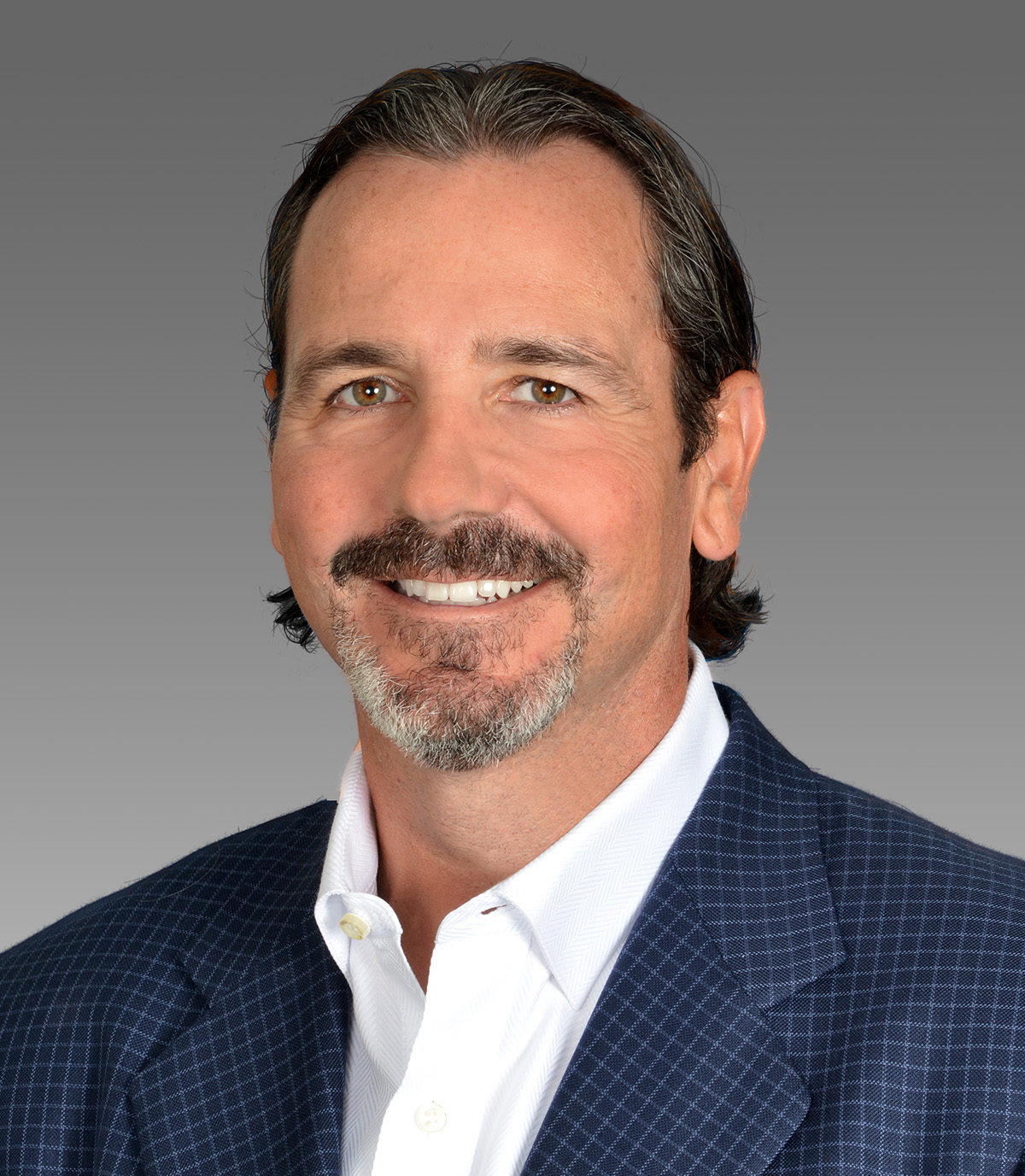
The COVID-19 pandemic is changing the face of healthcare in myriad ways, and even the large, slow-moving national corporations in the healthcare industry are quickly pivoting to respond to the crisis. With patients avoiding the doctor for non-emergencies, a pandemic taking hold of health systems, and other service lines struggle to stay afloat, the industry is at a crossroads that could lead to momentous shifts in the delivery of care.
The pandemic has led to a number of innovations from UnitedHealthcare, says Scott Flanery, who oversees the company’s operations in North Texas and Oklahoma. When Texas suspended elective procedures, the second largest health insurer in the state accelerated payments to providers, helping bridge the gap and keep the businesses running as patients stayed away.
The company also worked with Microsoft to develop an app to help employers screen their employees before coming back to work, and there are plans in the works to pay back premiums in the fully-insured market because claims haven’t run as high due to COVID-19. “I am really proud of what our organization has done over the last 90 days,” Flannery says. “It is an exciting time to be a part of our organization.”
Other shifts in the way primary care is paid might also be on the way sooner rather than later. Prior to the pandemic, there was already a movement to change the way primary care was funded, advocating fir a prospective payment model that paid physicians up front per member, rather than each service rendered. This incentivizes doctors to avoid unnecessary care and focus on the health of the patient, as they don’t make more money from additional labs, imaging, exams, or other services provided in the office. In North Carolina, Blue Cross Blue Shield recently made a move to pay independent primary care physicians this way.
Historically, when one large insurance company makes a move (like make all COVID-19 treatment free), the others follow. Flannery says UnitedHealthcare is in conversations to make this happen locally in order to deal with the interruptions in payments because of coronavirus and improve incentives. But figuring out exactly what that prospective payment will be has yet to be decided, and will differ between doctors based on their patient population. “The devil is in the details,” Flannery says. “How do you make sure you make prospective payments that don’t exceed what you would have already paid?”
Proponents of this move say that employers and insurers have enough data based on years of claims for employees to make an educated guess on what those prospective payments should be. But the provider’s ability to assume risk and a prospective payment matters as well. A physician must have a sophisticated care management team to keep costs low and quality high, something that not every physician is ready to do, and payers don’t want to overpay for care. “It is where we are spending a lot of our time,” Flannery says. “Employers don’t want to pay more for their employees.”
UnitedHealthcare has developed a continuum for providers, revealing the ability to accept risk for each physician and offering a variety of payment methodologies. So for the physicians that are ready to accept the risk of a prospective payment (knowing they may eat the cost if a patient exceeds their prospective payment), they are able to be paid that way. Others may be paid in a the traditional fee-for-service method.
In addition to changing the incentives for providers to not have to bill more services to keep the lights on, a prospective payment allows employers to have a more consistent pay schedule for their employees primary care. “Employers are looking for more control of their annual spend and more predictable costs year over year and to remove the unpredictability in total cost of care,” Flannery says.
The practice also improves the relationship between the physician and patient, which improves satisfaction and aligns the employees with their doctor, improving trust. “We know it works. It just depends on coming up with the level of compensation and managing risk.”
Flannery says he hopes to have prospective contracts with independent physicians in place at the beginning of 2021, and that meetings are taking place between providers and employers. The focus is on independent physicians because they aren’t already aligned with a hospital system, and in theory are more likely to make referrals based on data rather than affiliation, thereby reducing costs if surgery or hospital care is needed.
He says the fully insured market, where the insurance company eats the cost if the prospective payment isn’t adequate to care for the patients, are easier to move into those types of contracts because they don’t require the convincing of the employer to take on the risk. Education to self-insured employers and the consultant market is part of the process as well.
With one third of the market share in the state of Texas, a move from UnitedHealthcare would go a long way to changing the primary care world here locally. And Flannery says it might not stop with primary care.”We are having talks with hospitals around similar models, including some specialists as well,” he says. “That is what we spent most of 2018 and 2019 doing. This was coming whether the pandemic happened or not.”




